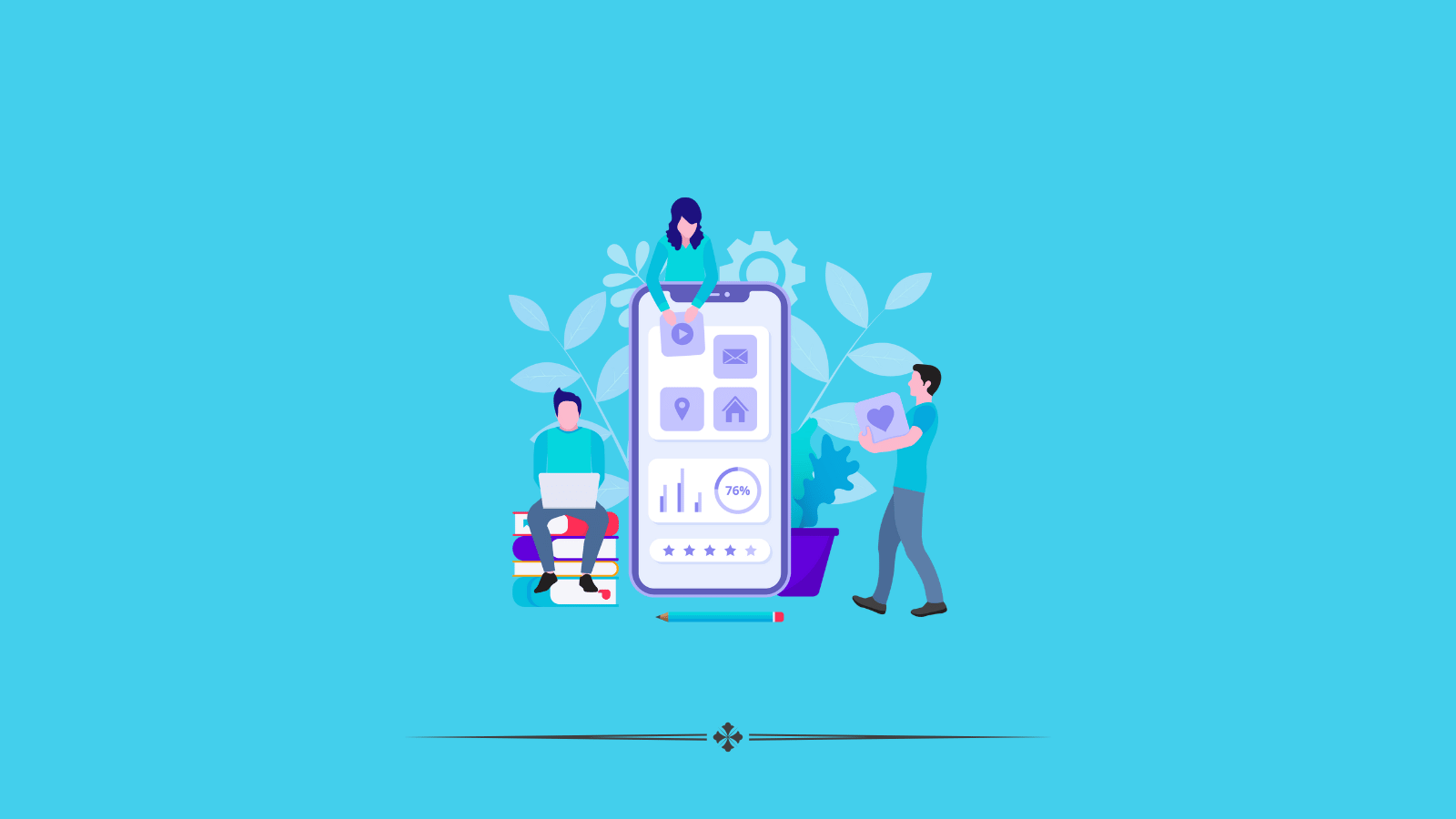The Role of UX/UI in Shaping Brand Identity and User Loyalty

When was the last time you tried an app that seemed to work perfectly? It looked fantastic, was simple to use, and perhaps even made you grin. That’s what effective UX/UI design is all about. It easily leads you through the experience, much like the kind face behind a fantastic product.
The capacity of a brand to stand out and establish a lasting relationship with consumers is more crucial than ever in the modern world when we are flooded with options. And that is where UX/UI is useful.
Let’s now explore how UX/UI design may help a business establish its identity and retain consumers over time.
Chapters
Understanding UI and UX

Let’s first establish the differences between UX and UI before exploring how they influence brand identity:
User experience, or UX, refers to the whole of a user’s interaction with a product or service. It concerns a user’s thoughts, feelings, and actions when utilizing a product. The whole UX is influenced by elements such as emotional reaction, accessibility, and usefulness.
On the other hand, UI includes a product’s layout, typeface, color scheme, and interactive features are all part of its user interface.. Users can browse and finish activities more easily with a well-designed user interface.
Despite being separate ideas, UX and UI are closely related. Even with great underlying capabilities, a bad user interface can have a detrimental effect on the user experience. On the other hand, a confusing or ugly user interface can undermine a positive user experience. UX and UI must collaborate to produce a genuinely remarkable brand experience.
Using UX and UI to Shape Brand Identity
An effective UX/UI design may greatly enhance a brand’s identity. Here’s how:
Consistency: Establishing a solid brand identity requires a consistent UX/UI throughout all touchpoints. This covers everything, including email marketing, social media, mobile apps, and websites. Users get used to and trust a brand when they consistently interact with it.
Emotional Connection: Users may experience particular emotions as a result of UX/UI design. For instance, a simple, minimalist interface may exude elegance, yet a vibrant, lively design may arouse sentiments of excitement and enthusiasm. Brands may create experiences that connect with their target audience by knowing the intended emotional reaction.
Memorable Interactions: A strong UX/UI design may provide interactions that are memorable and stick in your memory. This might be accomplished through tailored content, entertaining animations, or simple navigation. Customers are far more likely to keep in mind and suggest a brand when they have a good experience with it.
Differentiation: It’s critical for brands to set themselves out in a crowded market. For this, UX/UI design may be an effective tool. Brands may differentiate themselves from the competition and draw in devoted clients by developing distinctive and creative experiences.
Strengthening User Loyalty with UX/UI

Credibility and Trust: Credibility and trust are fostered by a positive UX/UI. Users are more inclined to trust a company and its products when they have a smooth and pleasurable experience.
Customer satisfaction: Happy consumers are the result of a well-designed UX/UI. Users are more likely to come back and become regular customers when they can quickly discover what they need and finish their jobs.
Advocacy: Brand advocates are more inclined to be devoted consumers who tell their friends and family about the company. Brands can motivate customers to pass on the word while contributing to excellent word-of-mouth by offering outstanding UX/UI experiences.
Improving User Loyalty With UI/UX
Loyalty is strongly influenced by a satisfying user experience. Here are some ways that UX/UI may cultivate enduring connections with clients:
Ease of Use: Repeat use is encouraged, and frustration is decreased with an intuitive design. Users may easily discover what they need thanks to easy navigation and clear labeling.
Personalization: Experiences that are tailored to a user’s tastes and actions can foster a feeling of community and worth.
Problem Solving: UX/UI can assist consumers in effectively resolving issues. A well-designed interface foresees user requirements and promptly offers solutions.
The Role of Prototype Testing
Testing and prototyping are crucial steps in the UX/UI design process. Low-fidelity prototypes allow designers to get early input and spot any problems. The target audience’s demands and expectations are met by the finished product. To produce the greatest experience possible, companies may improve their UX/UI through progressive prototyping testing.
Conclusion
To put it simply, UX/UI design is similar to the personality of a brand. If you do it correctly, you will have devoted followers. If you make a mistake, people will have a bad first impression of you. Therefore, make sure that every digital encounter reflects the personality of your brand!
Create more and better content
Check out the following resources and Grow!